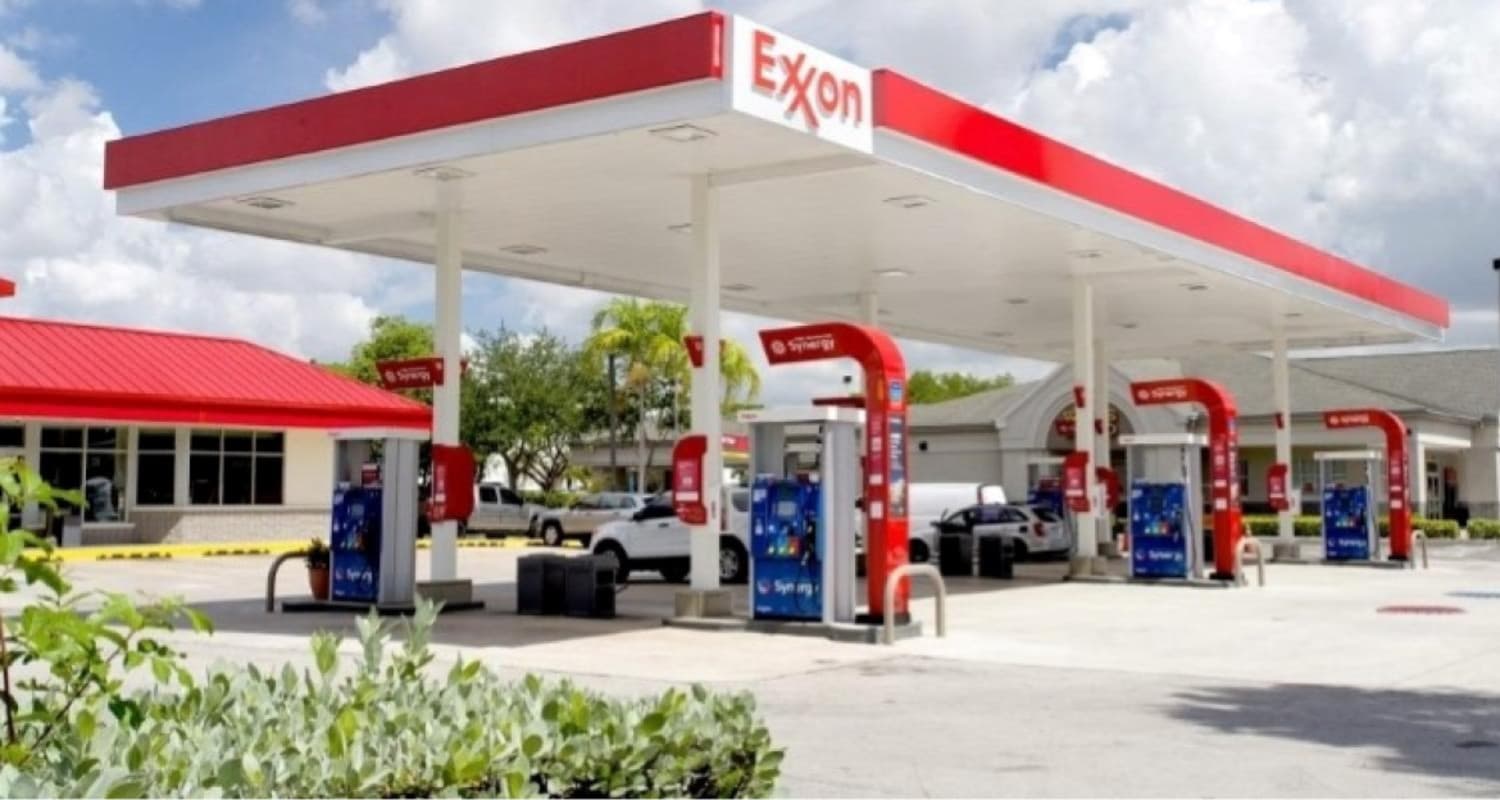Case StudyStream Team: Designing The System - Transforming System Architecture with Experience Design Principles
ExxonMobil, one of the world's largest publicly traded energy providers and chemical manufacturers, faced significant challenges in its system architecture. The existing architecture was complex, difficult to manage, and did not adequately meet the needs of its users. There was a growing need to streamline processes, enhance user experience, and improve overall system performance. The traditional architectural approaches were insufficient to address these evolving requirements, necessitating a more user-centric design approach.

The Solution
ExxonMobil integrated experience design principles into its system architecture strategy. This approach focused on creating architectures that not only met technical requirements but also prioritized user experience. The key components of this approach included:
- User-Centered Design: ExxonMobil placed a strong emphasis on understanding the needs, preferences, and pain points of its users. This involved conducting extensive user research, including interviews, surveys, and usability testing.
- Simplification of Architecture: The company aimed to simplify its system architecture by reducing complexity and eliminating unnecessary components. This simplification made the system more manageable and user-friendly.
- Modular and Scalable Design: ExxonMobil adopted a modular approach to system architecture, allowing for greater flexibility and scalability. This approach enabled the company to easily add, remove, or modify components as needed without disrupting the entire system.
- Integration of Feedback Loops: Continuous feedback loops were established to gather user input and make iterative improvements. This ongoing dialogue with users ensured that the system evolved in alignment with their needs and preferences.
- Collaboration and Cross-Functional Teams: ExxonMobil fostered a culture of collaboration by forming cross-functional teams that included architects, designers, developers, and end-users. This collaborative environment facilitated the seamless integration of experience design principles into the architectural process.
Outcomes achieved
The incorporation of experience design principles into ExxonMobil's system architecture resulted in several significant outcomes:
- Enhanced User Satisfaction: By prioritizing user needs and preferences, the new system architecture significantly improved user satisfaction. Users found the system more intuitive, efficient, and enjoyable to use.
- Increased Efficiency: The simplified and modular architecture reduced complexity, leading to faster development cycles, easier maintenance, and improved system performance.
- Greater Flexibility and Scalability: The modular design allowed ExxonMobil to quickly adapt to changing business requirements and scale the system as needed. This flexibility was crucial in supporting the company's growth and innovation initiatives.
- Improved Collaboration and Innovation: The cross-functional teams and continuous feedback loops fostered a culture of collaboration and innovation. This environment encouraged the sharing of ideas and best practices, leading to continuous improvement and innovation in system design.
- Cost Savings: The streamlined architecture and efficient processes resulted in significant cost savings in terms of development, maintenance, and operational expenses.
